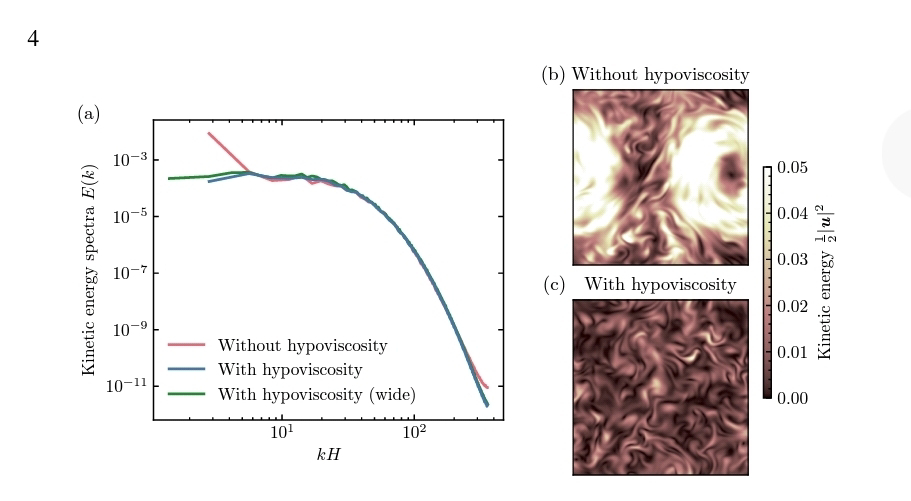<< ️Recently, progress has been made in the theory of turbulence, which provides a framework on how a deterministic process changes to a stochastic one owing to the change in thermodynamic states. It is well known that, in the framework of Newtonian mechanics, motions are dissipative; however, when subjected to periodic motion, a system can produce nondissipative motions intermittently and subject to resonance. It is in resonance that turbulence occurs in fluid flow, solid vibration, thermal transport, etc. In this, the findings from these physical systems are analyzed in the framework of statistics with their own probability space to establish their compliance to the stochastic process. >>
<< ️In particular, a systematic alignment of the inception of the stochastic process with the signed measure theory, signed probability space, and stochastic process was investigated. It was found that the oscillatory load from the dissipative state excited the system and resulted in a quasi-periodic probability density function with the negative probability regimes. In addition, the vectorial nature of the random velocity splits the probability density function along both the positive and negative axes with slight asymmetricity. By assuming that a deterministic process has a probability of 1, (AA) can express the inception of a stochastic process, and the subsequent benefit is that a dynamic fractal falls on the probability density function. Moreover, (They) leave some questions of inconsistency between the physical system and the measurement theory for future investigation. >>
Liteng Yang, Yuliang Liu, et al. A Probability Space at Inception of Stochastic Process. arXiv: 2510.20824v1 [nlin.CD]. Oct 8, 2025.
Also: turbulence, dissipation, intermittency, random, transition, in https://www.inkgmr.net/kwrds.html
Keywords: gst, turbulence, dissipation, intermittency, randomness, transitions.

